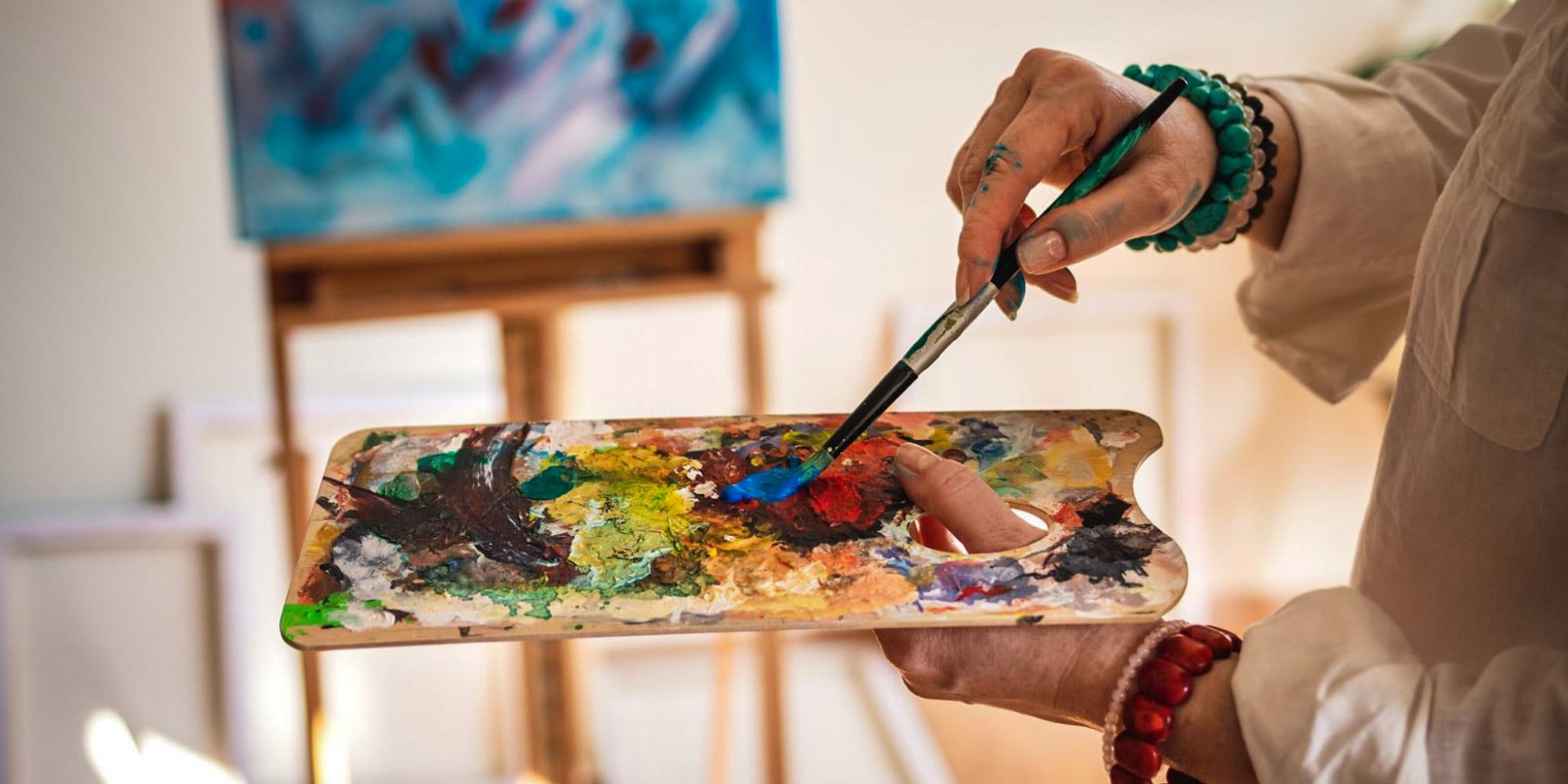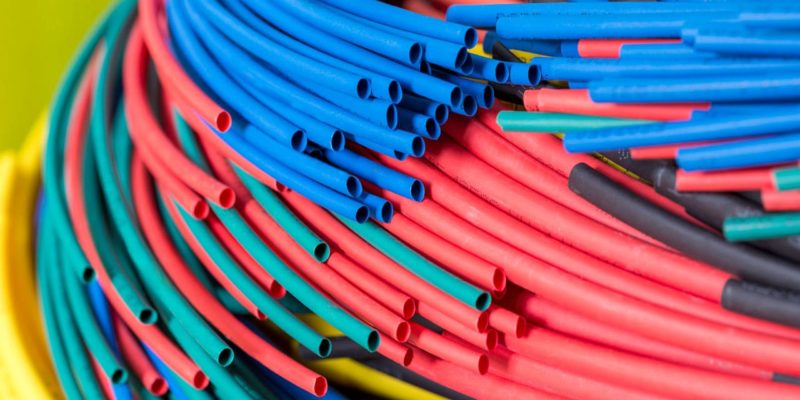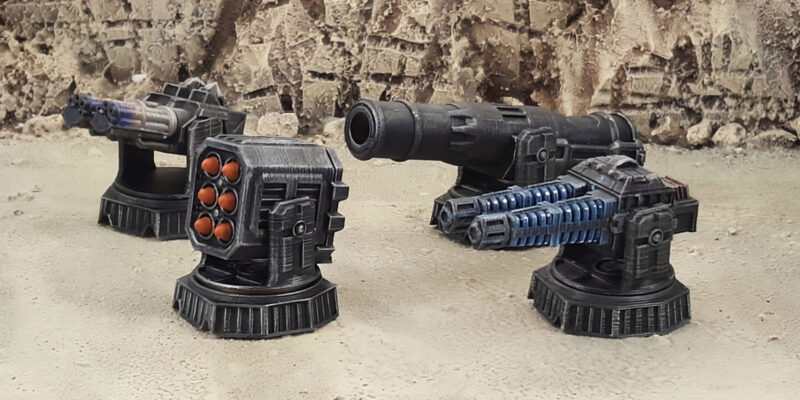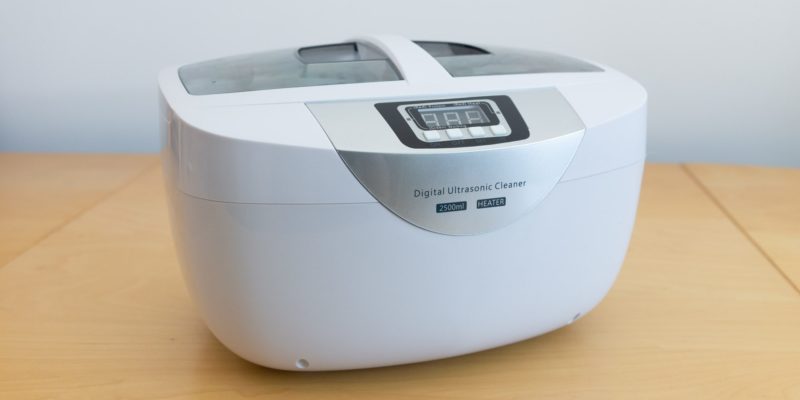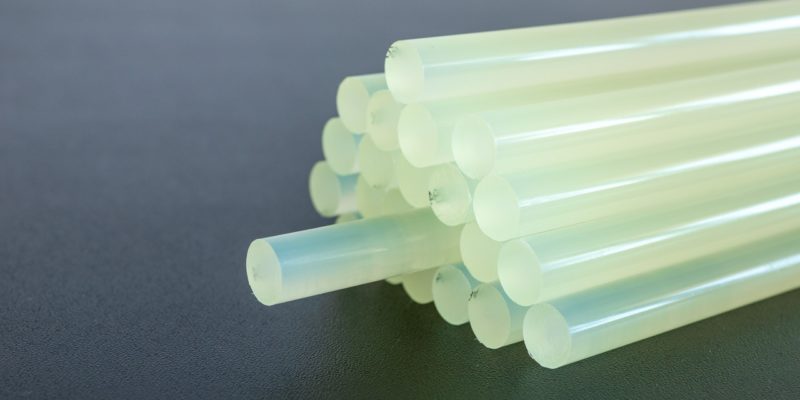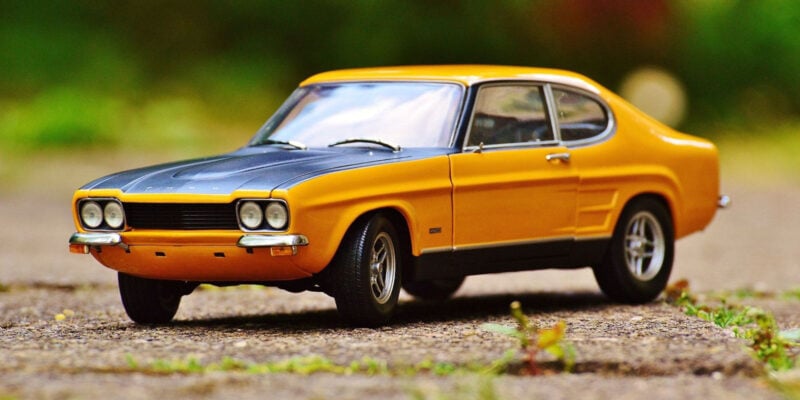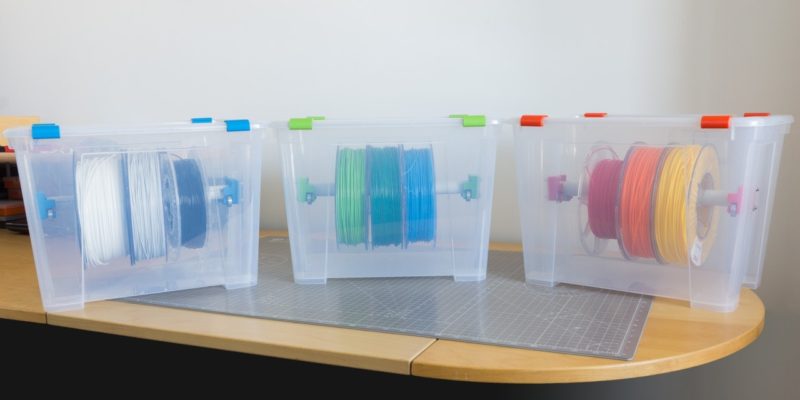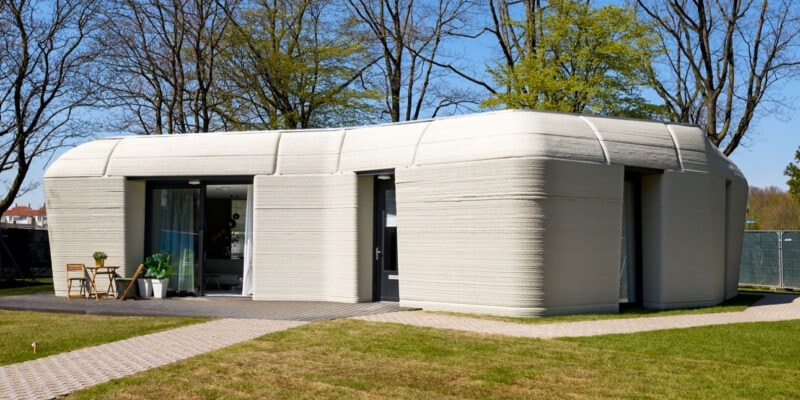How long it takes for acrylic paint to dry depends on a number of factors including temperature, airflow, humidity, and the brand of paint used. However, most types of acrylic paint dry within 20-30 minutes in most environments.
How long does acrylic paint take to dry? If you are thinking of using acrylics to make a painting or if you need to paint a craft or DIY project, drying times can make a big difference in how well you are able to produce the results you want and how long your project will take.
While we often impatiently wait for a coat to dry when we need to apply more than one, creating a traditional painting works best when the paints on the canvas stay wet long enough to blend colors several minutes or hours after they were first applied. That’s why it’s important to understand how and why acrylic paint dries so you can use the right techniques to get the results you need.
In this article, we’ll cover everything you need to know about acrylic paints and their drying times. We’ll tell you the main factors that affect how long acrylic paint dries, how to make your paint dry faster or slower, and the average drying times for popular acrylic paint brands.
How Long Does Acrylic Paint Take to Dry?
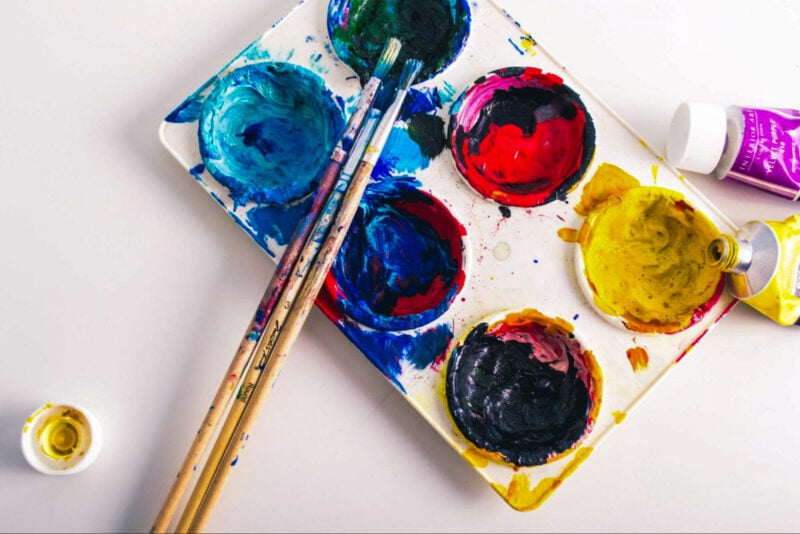
Acrylic paint is one of the fastest-drying paints you can choose. With most brands taking about 20-30 minutes to dry to the touch, it is a much faster process than oil-based paints that can take several days to several weeks.
However, the exact amount of time acrylic paint needs to dry can vary based on several factors. How thick you apply the paint, where you paint (and what the temperature, humidity, airflow, etc. is like there), and what tools you use to apply the paint are all major factors in determining how long your project will take to dry.
Different brands of acrylic paint also have different compositions. Some brands formulate their paints to take a long time to dry using retardants and other additives.
These are usually professional-grade paints for artists painting detailed scenes. Other brands try to make their products as quick-drying as possible for projects that need multiple coats.
Drying Times for Popular Acrylic Paint Brands
| Acrylic Paint Brand | Drying Time |
|---|---|
| ArtEza (craft grade) | 15 minutes – 1 hour |
| LiquiTex (artist grade) | 10-20 minutes |
| Mont Marte Acrylic Paints (artist grade) | 10-15 minutes |
| Crafts 4 All (craft grade) | 10-20 minutes |
| Castle Art (artist grade) | 10-20 minutes (thin films) 1-3 days (thicker films) |
| Caliart Acrylic Paint (craft grade) | 10-20 minutes |
| Winsor & Newton (artist grade) | 20-30 minutes (thin films) / 1-2 hours (thicker films) |
| Amsterdam Standard (artist grade) | 10-20 minutes (thin films) / 1-48 hours (thick films) |
| Golden Artist (artist grade) | 1 day (dry) / 14 days (full cure) |
| FolkArt (craft grade) | 48-72 hours |
| Apple Barrel (craft grade) | 1 hour (dry) / 1 day (cure) |
Factors That Impact Acrylic Paint Drying Time

Paint Type
While standard acrylic paints take 20-30 minutes to dry to the touch, other types of acrylic paints are specially formulated to have different drying times. Fast-drying acrylics aim to dry as fast as possible, sometimes in as little as 5-10 minutes. These are good for craft applications where multiple coats are needed.
Slow-drying acrylics do the opposite and are designed to increase the average working time of the paint to give users more time to work with and blend their paintings. These paints are excellent for detailed paintings with lots of gradients and color blending (such as landscapes).
Temperature
Another factor that can have a significant impact on acrylic paint drying times is temperature. Heat accelerates drying times while cold temperatures can increase them. Painting outside on a hot day will have your paints drying faster than usual, so if you need extra time to work with the paint, it is a good idea to use a branded slow-drying paint or mix a retardant into your paints to combat this.
Humidity
Humidity plays an important role in drying times, with increased air humidity leading to longer dry times. Paintings left in humid environments can take several days to dry while putting the painting in an arid environment will dry it quickly.
Humidity levels can change from indoors to outdoors or even from room to room based on the natural climate of the area you are painting in or thanks to machines like humidifiers and dehumidifiers.
Air conditioners can help remove some of the moisture from an indoor area since most models come with a built-in dehumidifier, while heaters and furnaces sometimes have functions that produce more moisture in the air to combat dryness in the winter months.
Airflow
Airflow is yet another factor that can have a big impact on how quickly your paint dries. Good airflow from a fan, a breeze, or an air conditioner can help your painting dry fairly quickly, so if you need a longer working time, avoid painting outdoors on windy days or near a source of moving air while inside.
Application Method
How you apply your acrylic paint to your substrate can make a big difference in drying times. Using an aerosol-based acrylic paint or an airbrush tool has the fastest drying time since the spray allows for extremely thin layers.
Pouring your acrylic paint onto the substrate usually has the longest drying times since the poured layer of paint is much thicker than when it is brushed onto the substrate.
Layer Thickness
How thick or thin your paint layers are will also affect the drying process. Using a thick layer will give a longer drying process while thin layers dry quickly. Since the air can’t reach the middle and bottom of thick layers, it takes longer for all of the moisture within the paint to evaporate (thus causing the paint to dry.)
Substrate Absorbance
The material you use for your acrylic painting is another factor in how long it takes your acrylic paint to dry. Porous materials will dry fast since they absorb the moisture from the paint. Canvas, fabric, and wood are all very porous materials that dry quickly.
Unprimed canvas will absorb less moisture than a primed canvas. Adding a layer or two of gesso to your canvases can help them dry more quickly since gesso is extremely absorbent. It’s also a great option for painting on cardboard and other fragile materials since the gesso makes the paint dry fast enough to avoid warping the paper.
Non-porous materials like plastic and glass will have longer trying times since they repel the moisture in the paint. Therefore, the only place for the water in the paint to escape is into the air, which makes the process take much longer.
Dry to the Touch vs. Fully Cured
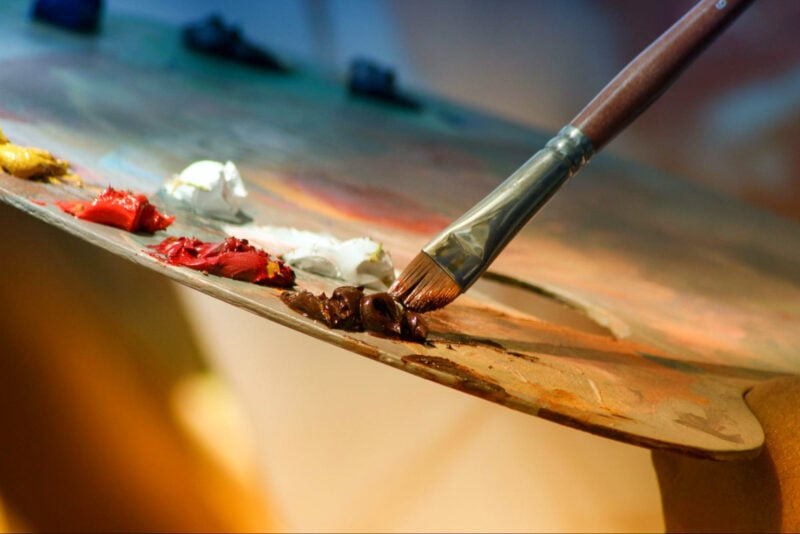
While acrylic paints will feel dry to the touch after 20-30 minutes, it takes much longer for them to fully cure. Paint that is dry to the touch is not as durable as fully cured paint. Since acrylic paint is water-based, it dries as the moisture in the paint evaporates.
Dried acrylic paint that is uncured still contains some water, so while it is okay to add another coat of paint over it or move its substrate to a different location without fear of damaging the paint, it is still soft and susceptible to damage.
Fully cured paint on the other hand has not only completely dried, the paint has had time to fully bond to its substrate. It is far more durable and strong after a full cure than it is after a quick air dry.
How to Make Acrylic Paint Dry Faster
There are a few ways to make acrylic paint dry faster, which can be a big help when you need to apply multiple coats or move the substrate soon after drying. Painting in a warm, dry area with lots of airflow from an open window or fan are easy ways to speed up your dry times, especially when used with a fast-drying acrylic paint.
Applying your acrylic paint in a thin layer is another way to ensure your acrylic paints dry quickly. Using thick layers will significantly slow down your drying time, so use a light touch and add another thin layer over the first after it is dry if you need darker coverage.
You can also use heated tools like a heat gun or blow dryer on a low setting for even faster results. However, these tools should be used with caution since they can mark or mar the paint surface if used too aggressively.
How to Slow Down Acrylic Paint Drying Time

While the focus of many acrylic paint applications surrounds having as quick of a drying time as possible, there are times when you might want your paint to stay wet. For instance, if you are making a painting and need to blend colors together on the canvas, this works best when both colors are still wet.
Slow-drying acrylics are an option since they are formulated to have a longer “pot time” than traditional acrylic paint. These paints can give you extra hours of work time and are helpful when you are painting in an environment that leads to quicker drying.
If you don’t have slow-drying acrylic paint available, you can also mix special additives into the paint to lengthen its working time.
However, the most effective way to slow down how quickly your acrylic paint dries is to use wet palettes, which are a special type of paint palette that slowly distributes water to acrylic paints so they will stay wet longer.
You can buy a professional wet palette or you can make a homemade version by putting a few sheets of paper towels into a shallow plastic tray (a takeout lid is great for this) and covering them with a piece of parchment paper. You can then add water to the paper towel base and the parchment paper will absorb the moisture and transfer it to your paints.
While the homemade wet palette alternative works, it is not as effective as traditional purchased wet palettes, so consider how much you will rely on its quality when deciding what type to use.
What Is the Best Acrylic Paint?
That heavily depends on how you plan to use the paint. Craft-grade acrylic paints like FolkArt and Apple Barrel are great quick-drying and multi-surface options for craft projects, while art-grade paints like Winsor & Newton or Amsterdam Standards have a longer working time and are better for traditional canvas painting.
Can I Seal Acrylic Paint Before It Is Fully Cured?
You shouldn’t put any sealants over the paint until it fully cures. The last moisture in the acrylic paint won’t be able to escape once the sealant dries, so it will never fully harden. This makes it more susceptible to damage even with the sealant providing some protection.
Conclusion
Acrylic paints dry much faster than other paints with an average dry time of 10-20 minutes. This makes them a much better alternative than oil paints when you need your project finished quickly.
Drying times depend on a lot of factors, with everything from the amount of humidity in a room to how close you are to an open window affecting it.
Using them in the right environment, keeping your paint layers thin, using primed substrates, and letting them dry in a warm room with a fan or open window are just some of the ways to ensure your acrylic paint dries quickly.
Do you still have questions about how acrylic paints dry? We’re here to help! Let us know where you still need help in the comments below.
